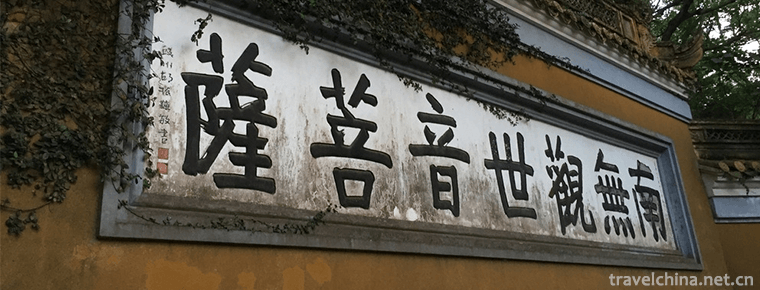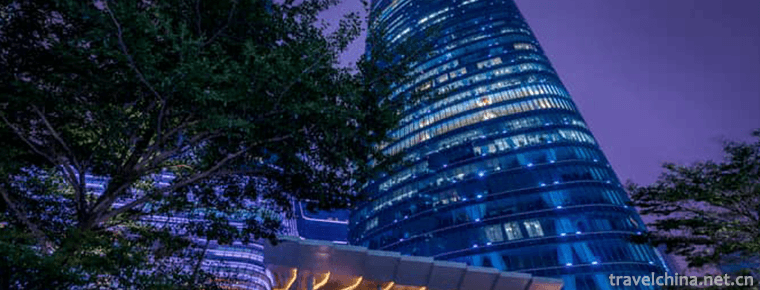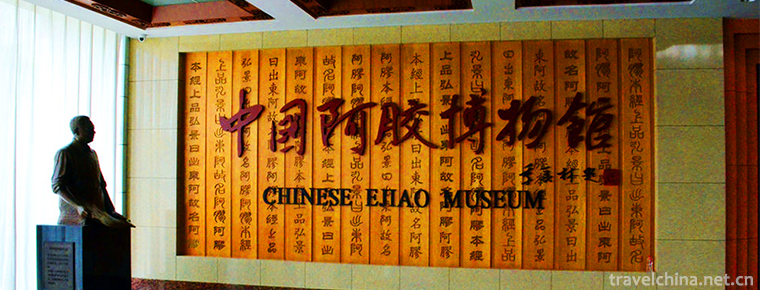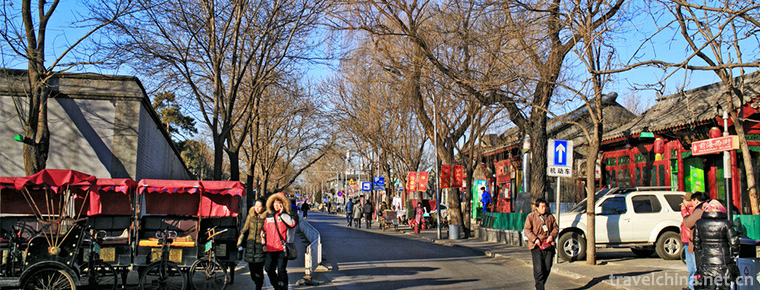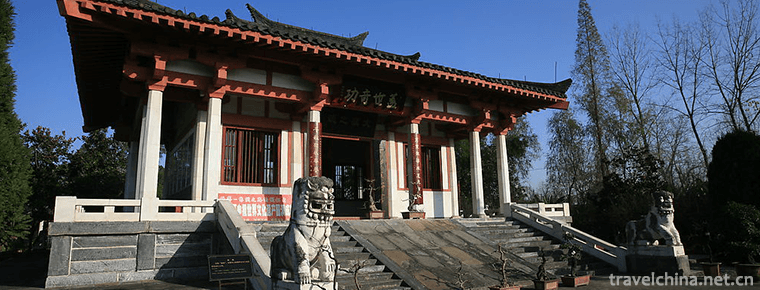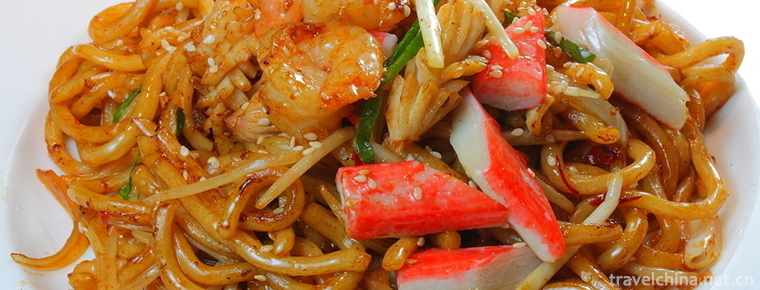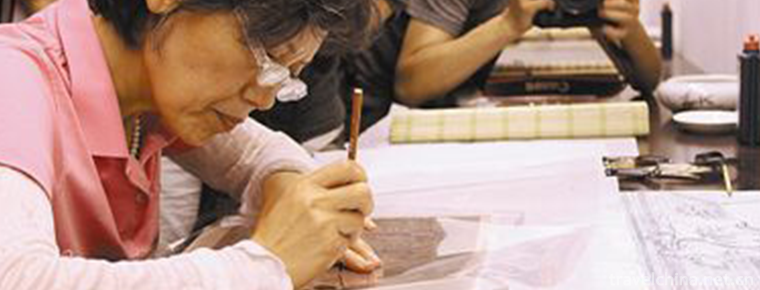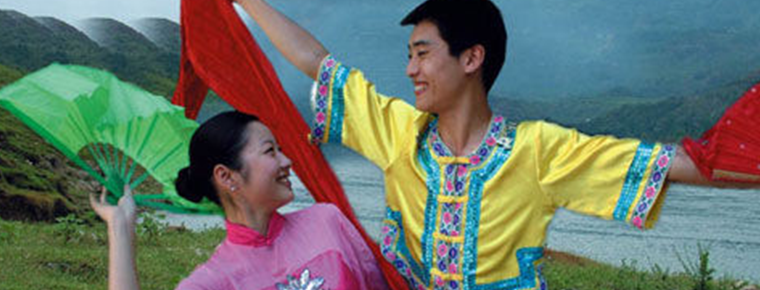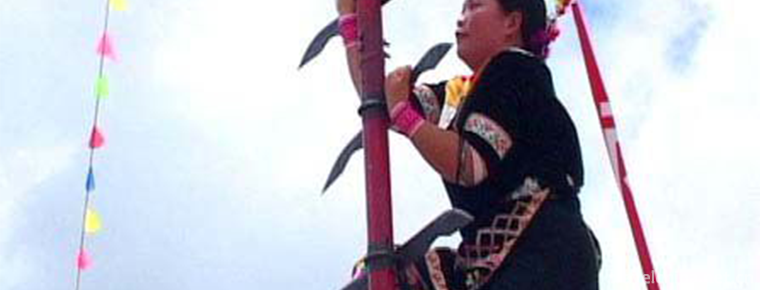Production Techniques of Buyi Medical Herbs for Benefiting Liver
Production Techniques of Buyi Medical Herbs for Benefiting Liver
Guiding County, Guizhou Province, is a subtropical monsoon rheumatic fever climate with distinct seasons, rich heat, long frost-free period, abundant rainfall and complex and changeable climate. Located in the watershed of the Yangtze River Basin and the Pearl River Basin, there are 144 large and small rivers. The density of the river network reaches 0.446 km, and the forest coverage rate reaches 48%. The products are abundant and the ecology is good. There are many kinds of plants, including 151 families, 474 genera and 881 species, which are distributed all over the county. Natural Chinese medicinal materials are rich in resources, such as Magnolia officinalis, wampee, mutong, louzi, anise maple, gardenia, Schisandra chinensis, cinnabar root, Gastrodia elata, dendrobium, Eucommia ulmoides, Codonopsis pilosula, Radix Polygoni multiflorum, Radix angelicae, Radix asparagus, honeysuckle, platycodon, Ganoderma lucidum and so on. Yigancao is processed from local multi-flavor medicinal materials.
historical origin
The Buyi nationality originated from Baiyue in ancient China and is an ancient nation with a long history. It has been called Puyue or Puyi, Liao, Fanman, Babo, Zhongjia, Nongjia, Bulang and Cage People in the past dynasties. "Song Shi Southwest Manchuan" contains: Buyi ancestors "bureaucrats" who "sickness, bronze drums, cypress to worship ghosts and gods." In Buyi people's inhabitants, the people seldom prevent diseases, only after the onset of the disease to take measures, or even helpless, had to ask ghost teachers to exorcise ghosts from disaster. Most ghost masters several kinds of herbal medicine. Besides eliminating ghosts and avoiding disasters, ghost masters also use some herbal medicine to cure diseases, so as to achieve the effect of "eliminating both gods and drugs". In order to fight against diseases, the Buyi ancestors paid attention to the therapeutic effect and toxicity of some natural drugs, and then used them. After countless scattered, but conscious experiments, observations, tastes and experiences, practical experience, gradually created and accumulated some medication knowledge. Through repeated practice and cognitive process, continuous summary, and gradually formed the early drug therapy. In the traditional medicine of Buyi nationality, most of them have mastered many local methods of treating diseases that have been handed down from generation to generation.
Overview of skills
Before collecting medicines, sacrificial ceremonies should be held in the field, presided over by the Buyi village elders, in order to pray for the elimination of disease and disaster, set up pure tea wine, in the rhythm of gongs, drums, fish and wood, singing while burning paper, offering sacrifices to the land with cock blood, pharmacists facing the east, clapping hands together, worshipping ancestors.
When the sacrificial ceremony is over, medicines should be collected immediately, and must be completed before 10 a.m.
Then the fresh medicines such as Ear grass, sour soup pole, Gardenia jasminoides, guest ants leaves and dandelion are washed and dried, and grinded with a bowl for reserve.
Finally, boil it in a crock and add the special recipe. It will be finished in 20 minutes.
All utensils are made of wood and stone, not stained with iron, in order to ensure the efficacy of drugs, they are prepared by the method of repair and water-fire co-preparation.
The correlator has hoes, planers, sickles and baskets for picking medicines, dustpans, sieves, pits, bowls, steamers and earthen pots for processing medicinal materials.
Important value
Historic value: Buyi people only have their own national language and no words of their own national language since ancient times. Oral history handed down from ancestors to apprentices plays an important role in memory. The inheritance of the secret recipe for preventing and treating liver diseases and benefiting liver and grass of Buyi nationality is precisely the local knowledge accumulated by the ancestors of Buyi nationality in history to conform to nature and prevent diseases, which has certain historical value of oral history.
Scientific value: The inheritance of the Secret Prescription for Preventing and Curing Liver Diseases and Benefiting Liver Grass of the Buyi Nationality is precisely the local knowledge accumulated by the ancestors of the Buyi Nationality in history to conform to nature and prevent diseases, which has a profound mass foundation. With the progress of science and technology and the development of theory and practice of traditional Chinese medicine, the new discovery and new understanding of the recipe of "Yigan Cao" is increasingly showing its inherent scientific value. "Yigancao" has abundant resources and relatively low cost, which can play a certain role in solving the contradiction between the high-speed growth of medical and health costs and the affordability of the national economy.
Holding sacrificial ceremonies in the field before collecting medicines, offering sacrifices to cocks'blood and worshipping ancestors are also of certain value to the study of Ethnology and folklore.
Survival condition
"The Secret Prescription of Benefiting Liver and Toxin for Preventing and Curing Liver Diseases of Buyi Nationality", developed by Guizhou Characteristic Pharmaceutical Co., Ltd. (won the second batch of provincial demonstration bases for productive protection of intangible cultural heritage in 2014), not only produces the national patent medicine "Benefiting Liver and Detoxifying Tea" for treating liver diseases, but also develops the "Benefiting Liver and Herb" plant beverage with the function of protecting liver and protecting liver, ” The transformation to modern process production. With the concern and support of Party committees and governments at all levels, the project of technological renovation and expansion of 50,000 tons of Yigancao plant beverage was launched in 2010. The two production lines were completed and put into operation on December 28, 2011 and December 28, 2012. Yigancao's annual output reached 20,000 tons. The two production lines have been put into operation, and more than 300 people have been employed in society.
In 2013, it was listed in the fourth national representative list of intangible cultural heritage protection.



-
Putuo Mountain Scenic Spot
Putuo Mountain Scenic Spot, located about 100 nautical miles east of Hangzhou Bay, Zhejiang Province, is an island in Zhoushan Islands. The island covers an area of 12.5 square kilometers.
Views: 157 Time 2018-12-07 -
Four Seasons Hotel Guangzhou
Four Seasons Hotel Guangzhou is located in Guangzhou International Finance Center on the 103th floor of Zhujiang New Town, the financial center of Guangzhou, at the top of this modern landmark..
Views: 224 Time 2018-12-16 -
China Ejiao Museum
China Ejiao Museum, built in 2002, is located at the foot of Mount Tai, east of Donga County on the Bank of the Yellow River. It is funded by Donga Jiao Group, the largest Ejiao production enterprise .
Views: 135 Time 2018-12-22 -
Side wall ruins
The local people call it "Genghis Khan Wall", also known as "Jinjie Trench". It is the ancient Great Wall ruins spanning the left banner of Sunite, covering 100 square meters..
Views: 181 Time 2019-01-03 -
Guo Moruos Former Residence in Beijing
Guo Moruo's former residence is located at No. 18, Qianhaixi Rim, Xicheng District. Originally a garden in Heling in Qing Dynasty, it became the forage yard and stables of Yixian Mansion of Prince Gon.
Views: 352 Time 2019-01-13 -
Tomb of Zhang Qian
Zhang Qian's tomb was the tomb of Zhang Qian, an outstanding diplomat, explorer and pioneer of the Silk Road in the Western Han Dynasty. In the third year of Emperor Yuanding of Han Dynasty (114 years.
Views: 241 Time 2019-03-16 -
Fried Wudong with XO sauce
Ingredients: 2 packs of instant Wudong, 4 or 2 pieces of pork shreds (about 160g), 1/2 cups of onion shredded, celery shredded and carrot shredded, 1 egg, 4 tablespoons of XO sauce, 1 tablespoon of ra.
Views: 163 Time 2019-03-23 -
Copying and Reproducing Skills of Ancient Calligraphy and Painting
Ancient painting and calligraphy copying technology, the traditional copying technology of Beijing Palace Museum, one of the national intangible cultural heritage..
Views: 238 Time 2019-05-01 -
Ha Ni Ha Ba
Ha Ni Ha Ba, an important part of Chinese Hani folk literature. Hani Haba, which means Hani ancient songs, is a popular and far-reaching folk song in Hani social life..
Views: 342 Time 2019-05-02 -
Lantern Opera
Flower lantern opera is a kind of traditional opera widely popular in China. Its prominent feature is that the hands are inseparable from fans and handkerchiefs, singing and dancing.
Views: 289 Time 2019-05-04 -
Lotus fall lian hua lao
Lotus Flower is a kind of traditional folk art with both rap and singing. The performers are mostly one person, self-talk and self-sing, self-play seven pieces of accompaniment..
Views: 131 Time 2019-05-13 -
The Lisu Knife and Rod Festival
The Lisu Knife and Rod Festival, which is called "A Tang De" in Lisu language, means "Climbing Dao Festival". It is a traditional festival of Lisu and Yi people living in Lushui Co.
Views: 166 Time 2019-06-17
